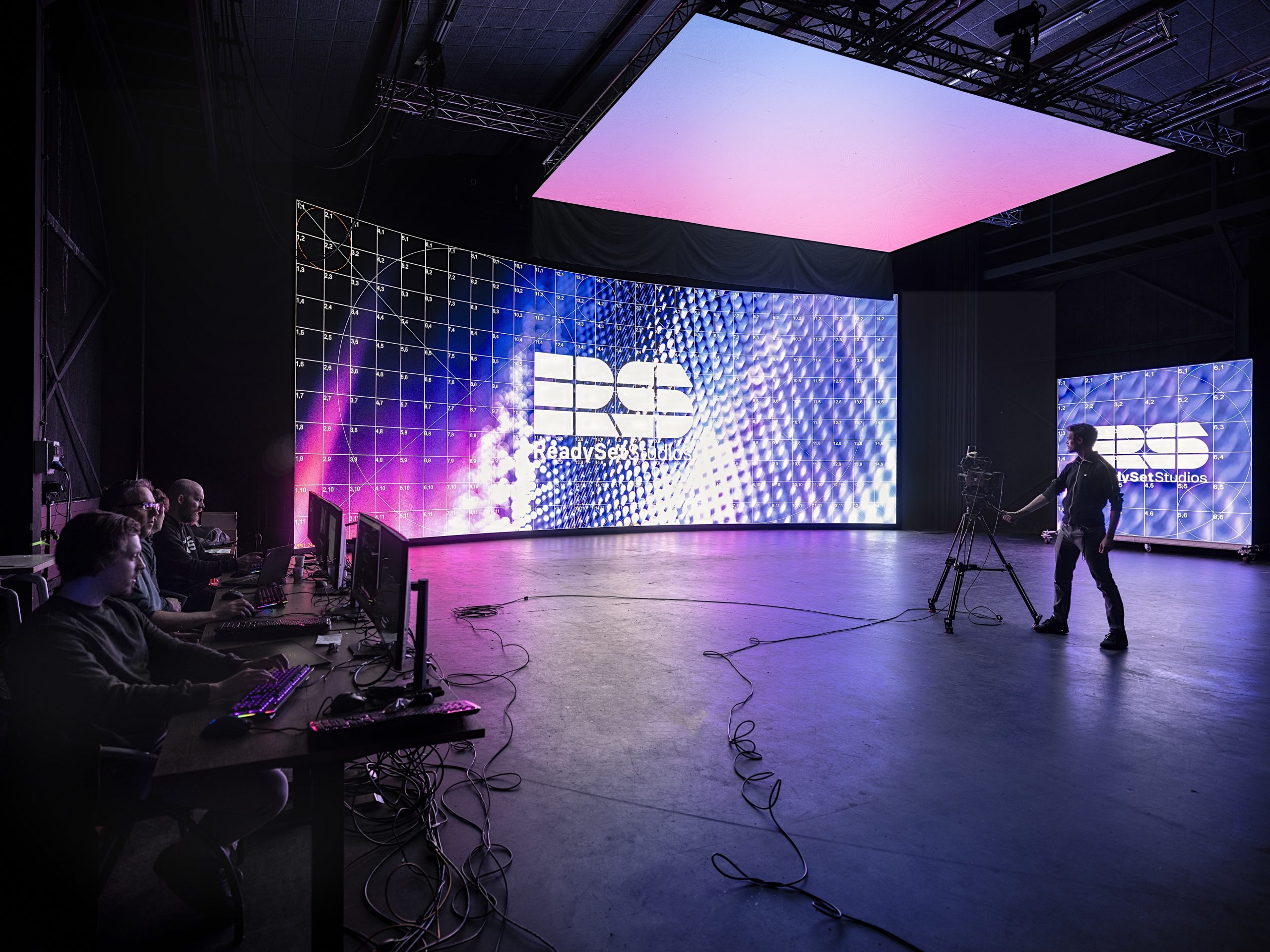Analyzing the Role of Luminance Contrast Levels on Image Precision and User Perception
Wiki Article
Comparison ratios are an critical principle in graphic composition and individual perception. They refer to the difference in luminance between the lightest and darkest parts of a graphical display. A higher contrast ratio means that there is a greater differentiation between bright and dim areas, which can substantially influence how easily we perceive visuals, content, and other graphical components. This is particularly crucial when addressing how individuals with varied sight abilities interpret information. Understanding contrast ratios helps designers develop more effective displays, whether for webpages, promotions, or educational content.

The significance of contrast ratios can be observed in multiple applications, such as televisions, desktop screens, and smartphones. In these devices, a high brightness level allows for crisper images and clearer content. For instance, when viewing a film or engaging in video games, high contrast can improve the user engagement by rendering details more distinct. This is also true for viewing typography on displays; a strong difference between the text hue and background color can prevent visual fatigue and enhance clarity. As people engage with click here for more info online media daily, designers must emphasize optimal visual balance settings to promote ease and clarity.
Various user groups may perceive contrast ratios differently. For individuals with visual limitations, such as color vision deficiency or reduced vision, sufficient visual separation is vital for comprehending information presented visually. Designers must account for these variations when developing materials. Resources like color contrast checkers can help assess whether the chosen hues offer enough separation for all users. By ensuring suitable visual standards, professionals not only make their work accessible but also demonstrate inclusivity in their creations.
In relation to inclusivity factors, contrast ratios play a key role in aesthetic appeal and overall UX. A thoughtfully crafted layout applies palette choices that not only draw attention but also guide users through information smoothly. For example, emphasizing key buttons or information with contrasting colors enables users move through effortlessly. When viewers are able to differentiate between varied components on a display, they are more likely to click over here interact with the material and perform actions effectively.
Ultimately, as digital innovation continues to advance, the relevance of understanding visual contrast principles remains relevant. Innovations in display technology provide opportunities for even better visual clarity. However, without careful consideration of how contrast affects human perception, developments may not achieve their full effectiveness. Visual professionals and technologists must stay informed about best practices related to contrast ratios to guarantee that their work remains effective and user-friendly across multiple systems and devices. By emphasizing these guidelines, they can improve communication and create a more visually inclusive digital world.